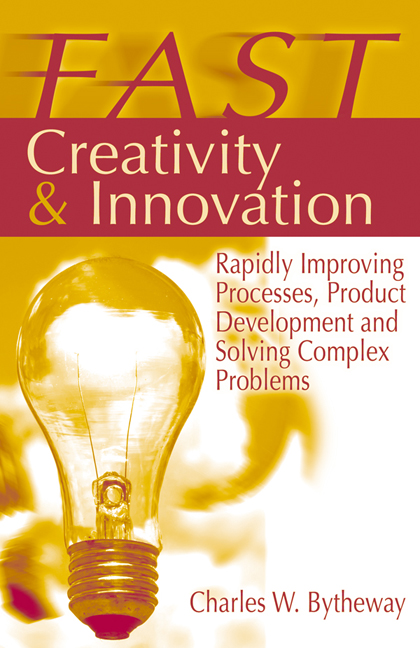FAST Creativity & Innovation
$44.95
Rapidly Improving Processes, Product Development and Solving Complex Problems
By Charles Bytheway
Hardcover, 6×9, 280 pages
ISBN: 1-932159-66-5
January 2007
Description
FAST Creativity & Innovation is a landmark work authored by the creator of the method called Function Analysis Systems Technique (FAST) and pioneer of value engineering and value analysis. FAST is a powerful mapping technique that can graphically model goals, objectives, strategies, plans, systems, projects, products, processes, and procedures in function terms to identify function dependencies by organizing them into a cause and effect relationship. This technique quickly brings clarity to whatever situation or problem it is applied and greatly enhances productive thinking, creativity, innovation, and complex problem solving.
Some of the basic concepts of FAST have been used for several decades in value engineering, which focuses on decreasing costs, improving quality and increasing value and profits. Derivatives of this original method such as fishbone diagrams, theory of constraints and process mapping came into use in fields such as quality management, new product development, manufacturing, and supply chain and project management. However, despite these developments, many of the original FAST concepts were either overlooked or misunderstood as greater opportunities for success remained untapped. FAST Creativity & Innovation groups all the original concepts together in great detail so you can learn them using easily understood step-by-step examples developed by the creator of this method.
The creator and author, Charles Bytheway, presents a procedure that standardizes the method for creating FAST diagrams and function trees for rapidly improving processes, innovation, new product development and value engineering, and for effectively solving a wide variety of complex problems quickly. After reading this book you will have gained not only the basic skills of using this method, but the original insight of its developer for mastering its use in any environment. This guide is an outstanding tool for use in industry, a variety of college courses and for value engineers.
Key Features
- Covers all the original concepts of the FAST method in step-by-step detail with examples from diverse disciplines and industries, as well as some concepts not previously shared by Charles Bytheway, the founder of this technique
- Shows how innovation can be fostered and developed using the author’s FAST and function tree method to increase value and competitive advantage
- Illustrates how the FAST diagram clarifies a problem and pinpoints the areas to apply creativity
- Provides an expanded function tree, which makes it possible for several people, regardless of geographical locations, to develop the required functions for analysis and quickly generate creative solutions to complex problems
- Includes thought provoking questions to enhance logic thinking and intuitive role-playing to aid in the construction of function logic
- WAV offers free downloadable thought-provoking questions, ground rules for brainstorming, a FAST Tree for the FAST procedure, and templates for creating FAST diagrams — available from the Web Added Value™ Download Resource Center
About the author(s)
Charles Bytheway was the first recipient of the Lawrence D. Miles Award by the Society of American Value Engineers (now SAVE International) for his creative development of FAST diagramming. He has published 19 papers on FAST diagramming and related subjects and has been quoted in numerous professional publications. Mr. Bytheway graduated with a BS in mechanical engineering in 1952 and a MS in mechanical engineering in 1961. Shortly before receiving the second degree, he earned his value engineering certificate from the University of California, Los Angeles. He is a Fellow of SAVE International and until retiring in 1981, Bytheway served as the Director of Value Engineering in Salt Lake City. Early in his retirement, he worked with a team which performed value engineering consulting on new construction for the Universities of California at Berkeley, Los Angeles, and San Diego. He has since started the mechanical engineering department at Salt Lake Community College.
Table of Contents
Chapter 1: Introduction
Utilizing one’s Imagination
Questions to Ask
Why-How Logic
Fast & Testimonials
A Communication Tool
Basic Concepts
Chapter 2: Sparked by Function
Value Analysis
Naming Functions
Looking at Functions
Functions Changed My Life
Something Must Be Acted Upon
Functions Not Limited to Products
Decisions – A Form of Creativity
Supporting Functions
Chapter 3: Discovering Functions
Discovering Basic Functions
Discovering How I Was Thinking
Answers Expressed as Functions
Why-How Logic
Concept of FAST Diagramming
FAST Testimonials
Chapter 4: Why-How Logic
Naming Functions
Why-How Logic
Convert Answers to Functions
Start With a Simple Function
Verifying Your Answer
Using Your Creativity
Using Why Logic
Verification Question
Testimonials of Function Links
Logic Diagrams and FAST Trees
Looking for Creative Opportunities
Applying Why-How Logic to New Functions
Sure Test for How Functions
Verification Question
Searching for Creative Opportunities
FAST Expands Our Thinking Quickly
Chapter 5: Selecting Projects
Project Testimonials
Methods for Selecting Projects
Using Method 1
Using Method 2
Using Method 3
Using Method 4
Using Method 5
Chapter 6: Participants
Ask Other People to Participate
Four Different Logic Diagrams
Individual Logic Diagrams
Computer Teams
Creating Step by Step Diagrams
Composite Merged Diagrams
Right of Ownership
Normal Logic Diagrams
Selecting Team Members
Multi-Team Analysis
Chapter 7: Intuitive Logic
Intuitive Thinking
Intuitive Role Playing
Charles Kettering’s Rule
Switching Roles Intuitively
In-depth Thinking
The Chimney Story
Getting Others to Participate
Participants Should Be Trained
Every Person Should Participate
Opening the Lines of Communication
Chapter 8: FAST Procedure — Light Bulb – Project 1
Project Selection
Only One Participant
Conduct Current and Mount Lamp
Produce Light
Provide Luminous Energy
Make Life More Enjoyable
Develop How to Make Life More Enjoyable
Produce Electricity and Increase Productivity
Insulate Conductors and Position Filament
Prevent Filament Oxidation
Use Search Lights and Reflect Light Beams
Chapter 9: Timing Device – Project 2
Using Method 1
Two Team Members
First Prototype
Detonate Primer
Light Flare
Detonate Explosive
Develop How to Detonate Primer
Cock Firing Pin
Develop How to Cock Firing Pin
Release Cocking Shaft
Modify Timing Lever
Timing Lever Releases Start-Stop Plunger
Eliminate Arming Pin
Spring Steel Timing Lever
Must Be Practical
Chapter 10: Love – Project 3
Using Method 2
Only One Participant
Express Love
Using the Computer’s Thesaurus and Dictionary
Convey Love
Foster Better Relationships
Using the Basic Function Determination Technique
Develop How to Foster Better Relationships
Treat People Respectfully
Be Friendly and Speak Softly
Develop How to Be Friendly
Be Prompt and Protect Child
The Inventive Genius Within You
Chapter 11: Three Ton Heat Pump – Project 4
Using Method 3
Five Team Members
Heat Air
Supply Comfort
Satisfy Customer
Make Profit
Facilitate Installation
Sell Heat Pump Unit
Develop How to Facilitate Installation
Improve Existing Heat Pump Unit
Logic Diagram – A Springboard to Creativity
Chapter 12: Military Communication Device – Project 5
Using Method 5
A Product Design Team and a Product User Team
Control Acquisition Costs
Increase Field Performance
Utilize Higher Level Logic Questions
Support Mission
Develop How to Support Mission
Deploy Reliable Communication Equipment
Control Sustainment Costs
Develop How to Eliminate Computer Lockups
Redesign Bezel Buttons and Observe Anomaly
Proposals Must Be Developed
Reading a FAST Tree
Chapter 13: Generalizing & Un-disclosing Methods
Generalizing Functions
Golden Delicious Apples versus Fruit
Motivate People versus Prompt Action
Expanding New Functions
Eliminate Failures Verses Eradicate Defects
Brainstorming New Formulated Functions
Using the Thesaurus
FAST Can Help You Become More Creative
Chapter 14: Other Applications of FAST
Why Answers Motivate People
A Technological Advancement
A Home Security Challenge
Home Burglary
Doors and Locks
Sliding-Glass Patio Doors
Windows
Be a Good Neighbor
Lighting
Alarm Systems
Home Safes
Operation Identification
Chapter 15: Constructing FAST Diagrams
Create Professional FAST Diagrams
Templates Available
Visit the Web
Chapter 16: Summary of FAST Procedure
Step 1 – Selecting a Project
Step 2 – Selecting Participants
Step 3 – Initial Functions
Step 4 – Initial Basic Function
Step 5 – Develop Higher Level Functions
Step 6 – Identifying the Basic Function
Step 7 – Develop Primary Path Functions
Step 8 – Evaluate Remaining Formulated Functions
Step 9 – Using When/if Logic to Add Supporting Functions
Step 10 – Develop Secondary Path Functions
Step 11 – Brainstorming Higher Level Functions
Step 12 – Generalizing Functions
Step 13 – Functions That Don’t Disclose the Method
Procedure FAST Tree
Chapter 17: Directories of Terms and Thought-Provoking Questions
FAST Terms
Thought-Provoking Questions
Index
Related products
-
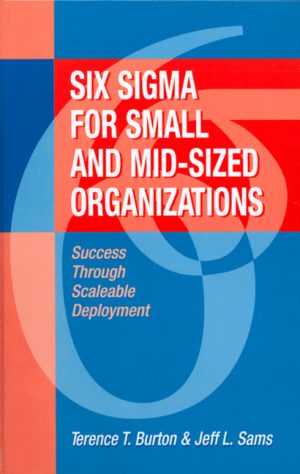
Six Sigma for Small and Mid-Sized Organizations
Retail Price: $49.95$44.95 Add to cart -
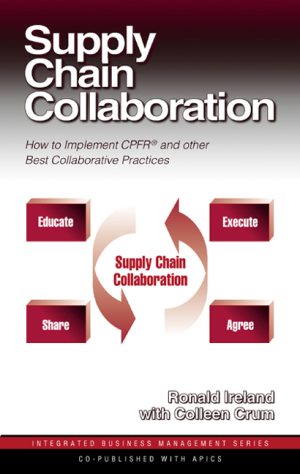
Supply Chain Collaboration
Retail Price: $54.95$49.95 Add to cart -

LEAN Manufacturing Implementation
Retail Price: $54.95$44.95 Add to cart -
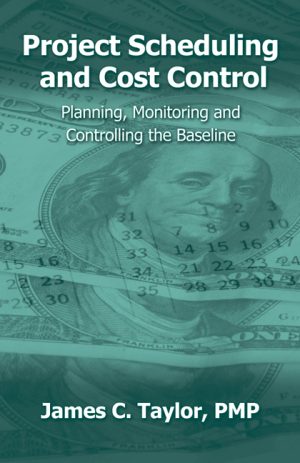
Project Scheduling and Cost Control
Retail Price: $59.95$49.95 Add to cart -
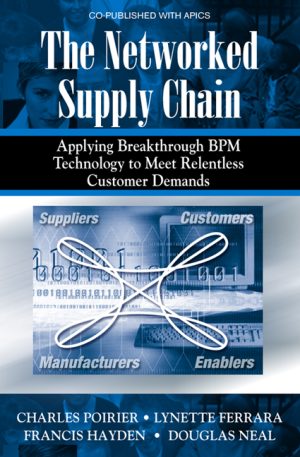
The Networked Supply Chain
Retail Price: $54.95$44.95 Add to cart

